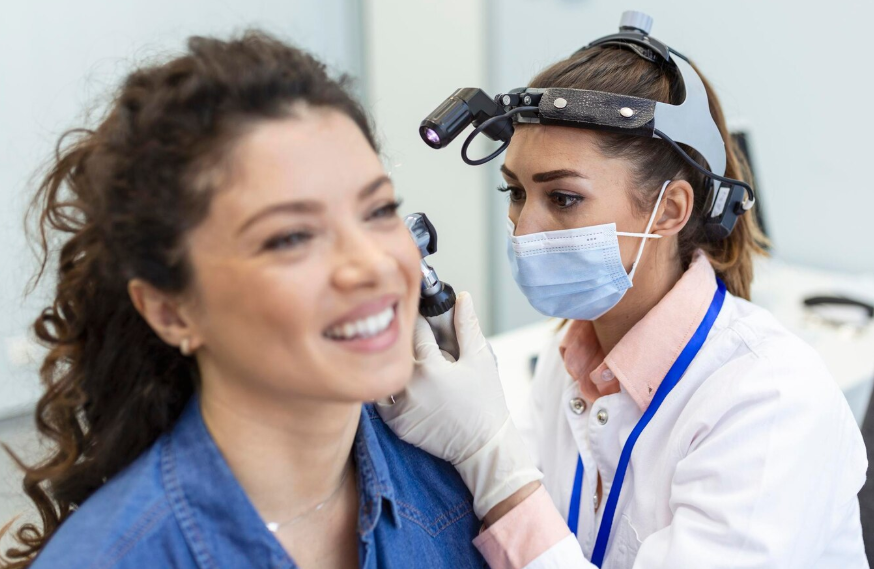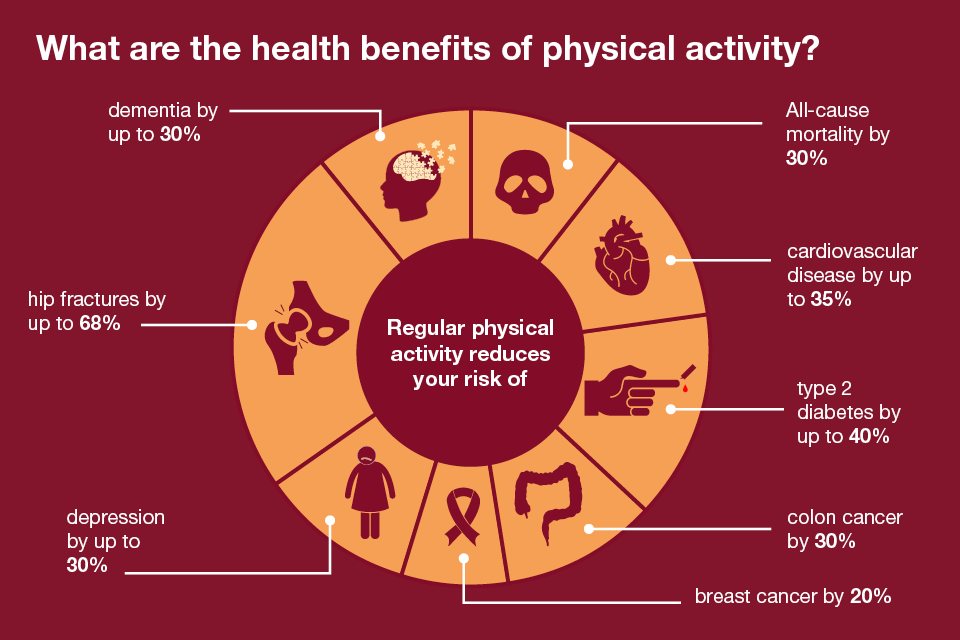Your Ultimate Guide to CAOHC Practice Tests and Hearing Conservation Certification

Hearing loss is a growing public health concern affecting millions of people worldwide. Whether caused by aging, noise exposure, infections, or trauma, hearing impairment significantly impacts quality of life, communication ability, mental health, and overall well-being. In particular, we’ll examine how the CAOHC helps shape the standards and practices for hearing conservation, and why CAOHC practice test are essential tools for professionals preparing for certification.
What Is Hearing Loss?
Hearing loss occurs when any part of the auditory system—from the outer ear to the brain’s auditory processing centers—is damaged or malfunctions. The condition can range from mild to profound and may affect one or both ears.
Types of Hearing Loss:
1. Conductive Hearing Loss:
- Occurs when sound is blocked from reaching the inner ear
- Caused by earwax buildup, fluid, infections, or abnormalities in the ear canal or middle ear
2. Sensorineural Hearing Loss:
- Results from damage to the inner ear (cochlea) or auditory nerve
- Typically permanent and caused by aging, noise exposure, or ototoxic medications
3. Mixed Hearing Loss:
- A combination of conductive and sensorineural components
4. Auditory Processing Disorders:
- Where the brain has difficulty interpreting sounds, even when hearing sensitivity is normal
Major Causes of Hearing Loss
While some forms of hearing loss are congenital or hereditary, many are acquired throughout life. Key contributors include:
- Prolonged exposure to loud noise (occupational or recreational)
- Aging (presbycusis)
- Ear infections and medical conditions (e.g., meningitis, diabetes)
- Ototoxic drugs (medications that damage hearing)
- Trauma or head injury
- Excessive earwax buildup
According to the World Health Organization (WHO), over 1 billion young adults are at risk of hearing loss due to unsafe listening practices.
The Impact of Hearing Loss on Daily Life
Hearing impairment can influence every aspect of life:
- Communication Challenges: Struggling to understand conversations, especially in noisy settings
- Social Isolation: Withdrawal from interactions due to embarrassment or frustration
- Cognitive Decline: Studies link hearing loss with an increased risk of dementia and Alzheimer’s
- Reduced Job Performance: In safety-sensitive roles, hearing loss can hinder situational awareness
- Mental Health: Feelings of depression and anxiety are common among those with untreated hearing loss
These effects highlight the need for comprehensive prevention strategies and early detection.
The Role of Occupational Hearing Conservation
Occupational Hearing Conservation Programs are employer-initiated efforts designed to prevent NIHL in the workplace. These programs are mandated in many industries by regulatory agencies such as OSHA (Occupational Safety and Health Administration).
Program Components:
- Noise assessments using dosimeters and sound level meters
- Baseline and annual audiometric testing for workers
- Training and education on hearing protection and noise hazards
- Record-keeping and compliance audits
Successful programs require the involvement of trained and certified technicians—most commonly Occupational Hearing Conservationists (OHCs). That’s where CAOHC plays a crucial role.
What Is CAOHC and Why Does It Matter?
The Council for Accreditation in Occupational Hearing Conservation (CAOHC) is a non-profit organization responsible for setting standards and accreditation hearing conservation professionals. Its mission is to advance hearing loss prevention through education, training, and certification.
CAOHC Offers Certification For:
- Occupational Hearing Conservationists (OHCs)
- Professional Supervisors of Audiometric Monitoring Programs (PSs)
- Course Directors (CDs)
Responsibilities of Certified OHCs Include:
- Administering and interpreting hearing tests
- Maintaining accurate records
- Educating workers on noise hazards
- Ensuring proper use and fit of HPDs
Real-World Applications of CAOHC Certification
OHCs are needed in various sectors:
- Manufacturing and Construction
- Mining and Oil & Gas
- Military and Defense
- Aviation and Transportation
- Healthcare and Audiology Clinics
Professionals with CAOHC certification often work closely with safety officers, industrial hygienists, and audiologists to implement and maintain effective hearing conservation strategies.
Emerging Trends in Hearing Conservation
Technology is revolutionizing how we detect and prevent hearing loss. Innovations include:
- Digital audiometers for more accurate, portable testing
- Mobile hearing test apps for screenings in remote locations
- Smart hearing protection that adjusts to noise levels automatically
- Artificial Intelligence (AI) tools to analyze audiometric trends and detect early warning signs
As the field advances, continuing education and re-certification ensure OHCs remain knowledgeable and up to date.
Conclusion: Hearing Health Is Vital
Hearing loss is a serious, yet often underestimated, health issue that affects people across all age groups and professions. Through proactive measures, such as workplace conservation programs, routine screenings, and public education, many cases of hearing loss can be prevented.
The CAOHC plays a critical role in shaping the future of occupational hearing health. Their certification programs uphold professional standards and ensure that conservationists are equipped to protect hearing in noisy environments.




